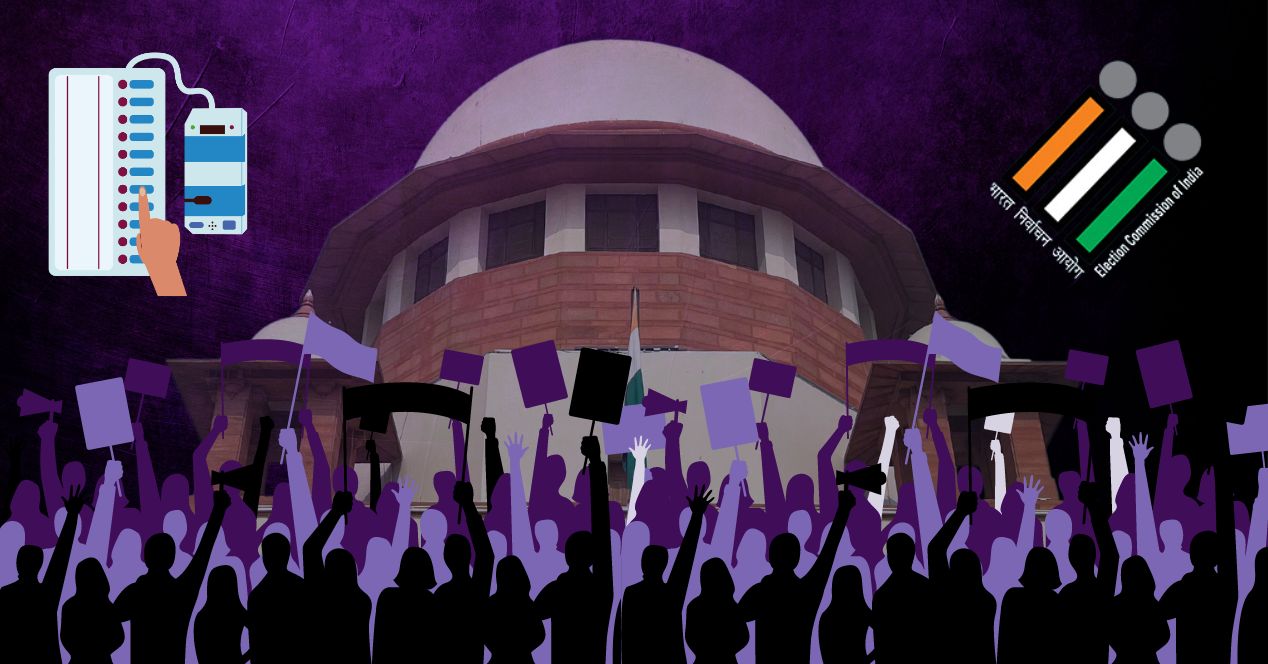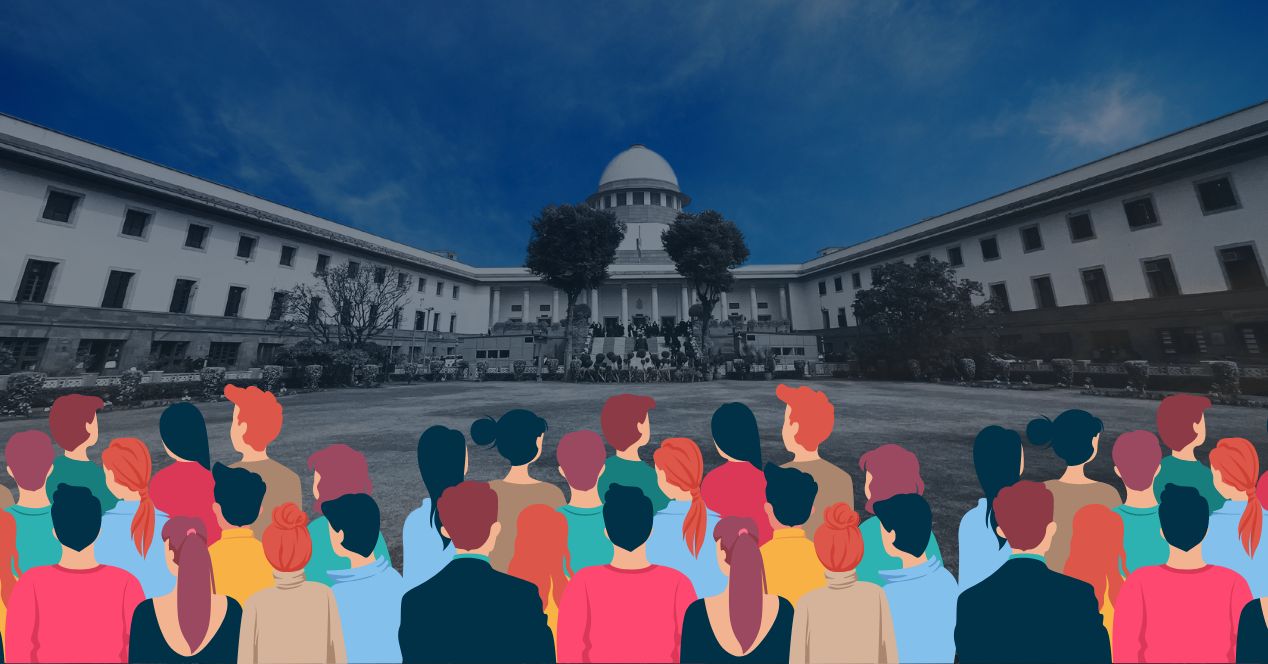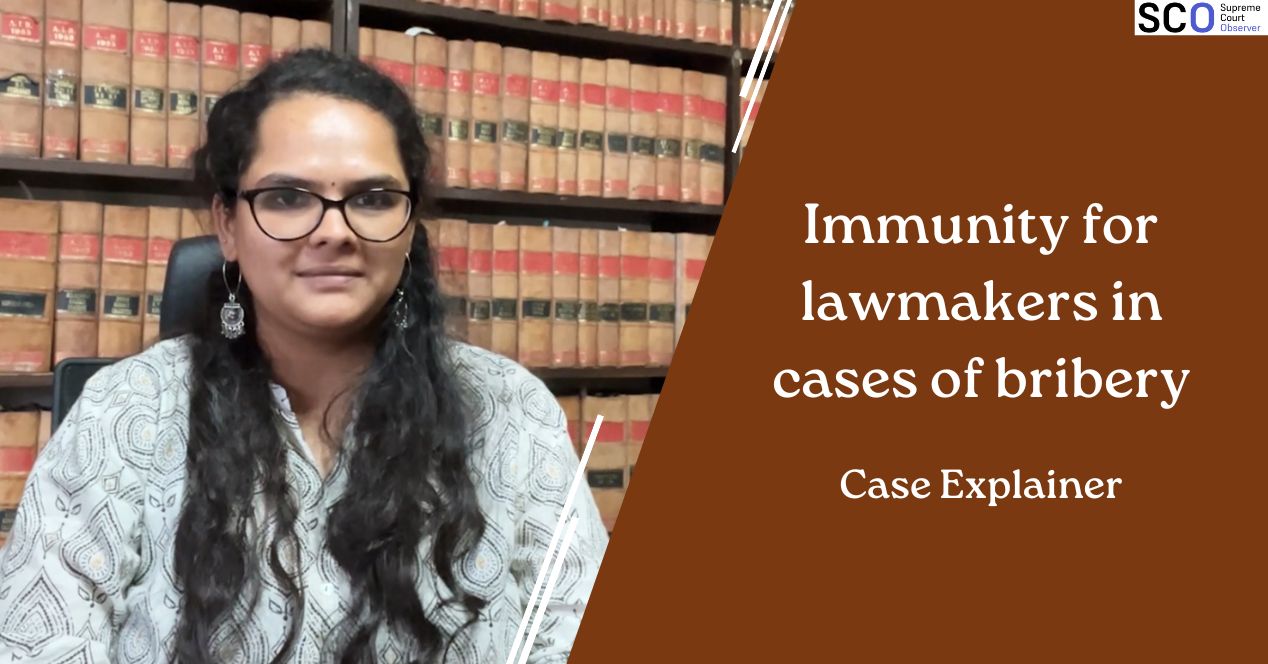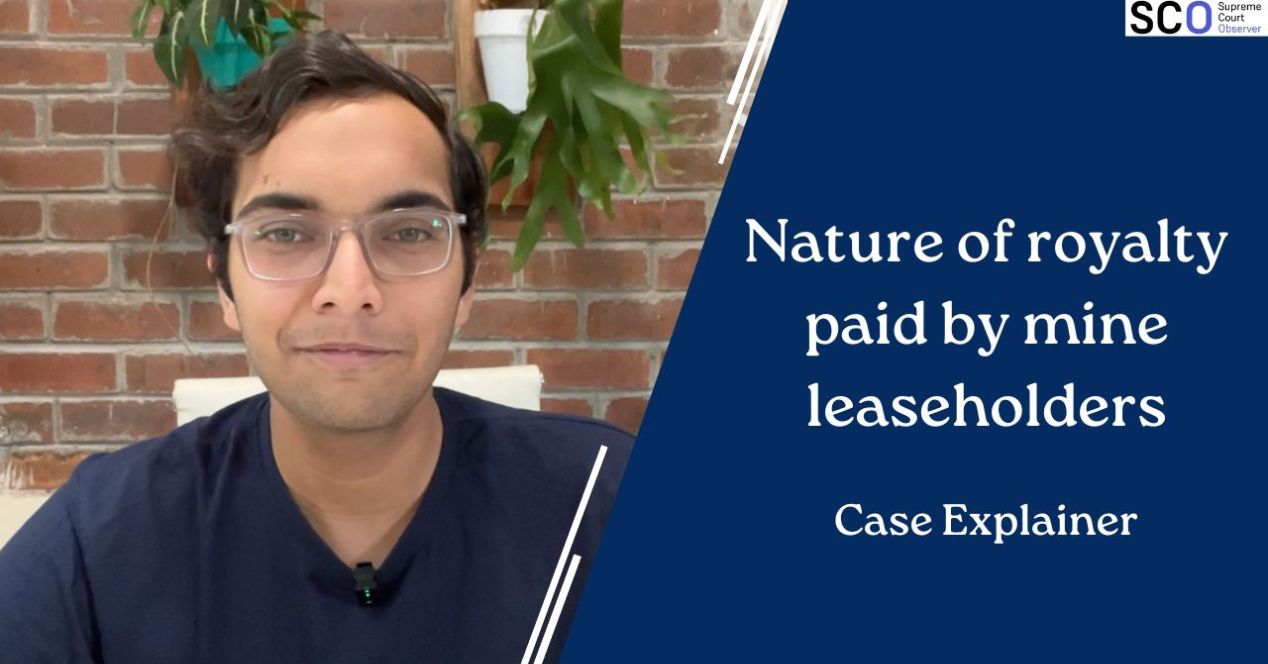Channel
What is the Form 17C petition about?
What is the purpose of Form 17C and why did the Supreme Court adjourn it?
Transcript:
Hello everyone! Welcome to SCO Explains!
This week, the results of the 2024 Lok Sabha Elections were announced. The results came after a two month long process of voting that was carried out over seven phases. During this time, the Supreme Court dealt with a fair share of election related cases, notably the VVPAT judgement and the Form 17C case. We explained the VVPAT case here! Be sure to check that out!
So without much delay, let’s begin with the Form 17C case.
On 24th May, a Vacation Bench of Justices Dipankar Datta and S.C. Sharma adjourned an application that raised a question about discrepancy in voter turnout figures. The plea was about Form 17C, a document filled up by a Presiding Officer on the day of polling. It records the total number of voters at every polling station of a constituency. To put things in perspective, there are approximately 12 lakh polling stations in India.
Now, this plea was filed by the Association for Democratic Reforms (ADR), a civil society organisation, whom you may have heard were the lead petitioners in the Electoral Bond Scheme and also the plea requesting 100 percent Voter Verified Paper Audit Trail verification or the VVPATs. ADR was seeking a direction to mandate the Election Commission of India (ECI) to publish true copies of Form 17C on its website within 48 hours of the completion of polling.
The voter turnout for the first and second phase were released by the ECI on 19 April and 26 April, respectively. However, on 30th April, the ECI released a final voter turnout for both phases which, according to ADR, did not match with the initial figures. They claimed there was a discrepancy of 5-6 per cent!
The plea came after a series of interesting events where several political parties, mainly from the Opposition lobby, wrote letters to the Election Commission pointing out the discrepancy. The parties, namely, Communist Party of India, the Trinamool Congress, and the Congress Party, sought an explanation for the delay in releasing voter turnout figures. Notably, the final figures were released 11 days after the first phase of elections.
ADR’s petition was an interim application within existing writs filed by TMC politician Mahua Moitra and ADR. An interim application is filed seeking temporary relief until the matter is fully decided. Moitra’s petition was related to the 2019 Lok Sabha Election where the precise number of votes were released after the election results. Her petition had also asked the top court to direct the ECI to publish Form 17C within 48 hours of any subsequent parliamentary and assembly election.
Honestly, many of you may be confused. What is Form 17C? How is it becoming one of the most discussed things in mainstream news? Let me explain. The Form is included in the Conduct of Election Rules, 1961 (Election Rules). It is divided into two parts.
- Part 1 details the total number of votes recorded on the day of polling, and the total number of electors and voters. It also contains details of the number of people not allowed to vote at the polling station, and lastly the number of test votes cast in the EVMs.
- Part 2 breaks down the number of votes for each candidate to record the election results.
Form 17C Part 1 is filled out by a Presiding Officer. A copy of it is provided to the polling agent of a candidate. The polling agent and the Presiding Officer have to sign this form, which is then stored in a separate cover in a ‘Strong Room’. The ‘Strong Room’ is a protected vault of sorts, it is also the place where EVMs are stored after polling.
Form 17C Part 2 comes into the picture at the time of announcing the results and contains a detailed list of the total number of votes received by each candidate. It is filled out by a Returning Officer, the person in charge of overseeing the election. The candidate-wise count is recorded by pressing the button marked ‘Result’ on the Control Unit of the Electronic Voting Machine (EVM). It has to be signed by the Returning Officer, the counting supervisor and the candidates or their agents.
ADR has demanded that Part 2 should also be uploaded on the ECI website to allow citizens to cross-check the number of votes recorded in Part 1. With that, they stressed that the numbers should be released not as percentages, but a precise count.
In last week’s hearing, Senior Advocate Maninder Singh, appearing for the ECI, stated that ADR had continuously attempted to undermine the electoral process by filing petitions in the Supreme Court. In its affidavit, the ECI described ADR’s petition as a mala fide attempt to create an atmosphere of suspicion among voters by making “untrue and false allegations.”
In the Form 17C case, the ECI contended that the turnout figures released on the day of polling are tentative and cannot be treated as final. It claimed that the press release, which was relied upon by ADR to conclude that there was a discrepancy, itself clearly stated that the “tentative” turnout of voters was “over 60%” and that the percentage was “likely to go upwards” as voting in some constituencies was yet to conclude.
Further, the ECI argued that the Election Rules only mandate sharing Form 17C data with the polling agent of a candidate and nobody else.
On the day of hearings, Justice Datta pointed out that the demand for publishing Form 17C copies within 48 hours was also sought by Moitra in 2019. Allowing ADR’s prayer would effectively grant the same relief sought by Moitra in her writ petition. This would be like giving a final decision on her petition! After making this observation, the Bench listed the case after the vacation.
A day after the ECI objected to the petition in the Supreme Court, it released absolute numbers of votes recorded in the first five phases of the election. The press release came with a note, “Any alteration in the number of votes polled is not possible.”
Thank you for watching! Make sure to follow scobserver.in for more explainers, check out our detailed story on Form 17C to find out more about what went down in the Supreme Court.




